Designing compelling and effective banners is a cornerstone of modern digital marketing, whether for social media campaigns, website promotions, or online advertisements. While the task might seem daunting, especially for those new to graphic design, the good news is you don't have to start from scratch. Leveraging a Banner Template For Photoshop can dramatically streamline your workflow, ensuring professional results without requiring advanced design skills from the outset. This approach democratizes design, allowing businesses and individuals alike to create eye-catching visuals that grab attention and drive engagement.
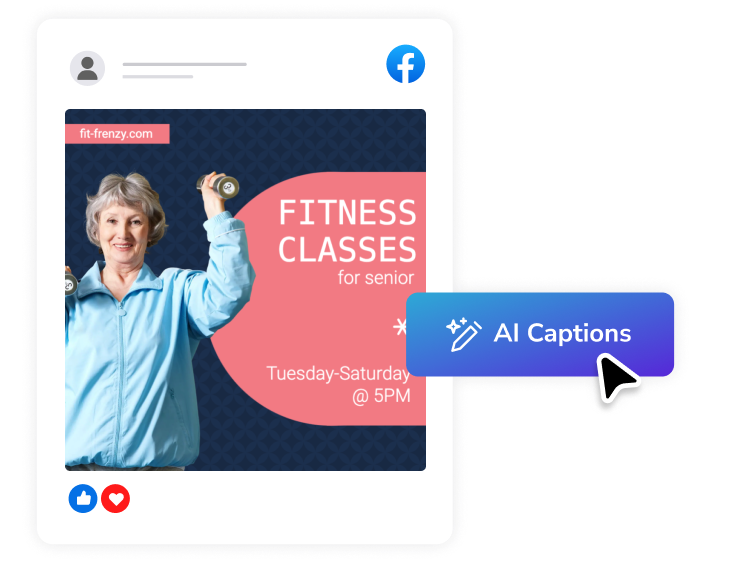
Photoshop, with its unparalleled power and flexibility, is the industry standard for graphic design. Its robust set of tools allows for intricate manipulation of images, text, and graphics, making it the ideal software for customizing banners. However, mastering Photoshop takes time and dedication. This is where templates become invaluable, providing a pre-built structure that adheres to design best practices and specific platform requirements, saving hours of effort.

The right template acts as a sophisticated blueprint, guiding you through the design process. It often comes with well-organized layers, smart objects, and editable text fields, allowing for quick adjustments to suit your brand's unique aesthetics and messaging. From adjusting color schemes to swapping out images and updating calls to action, a good template simplifies complex tasks into manageable steps, enabling you to produce high-quality banners quickly.
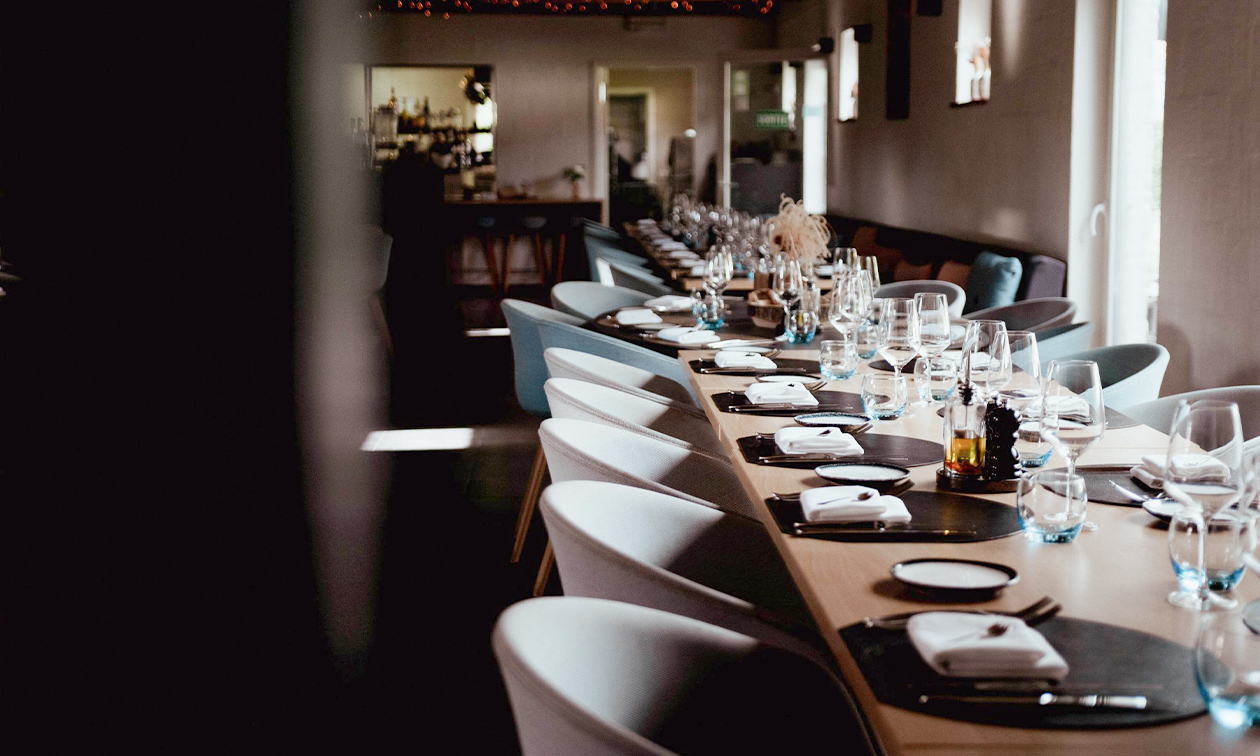
This comprehensive guide will walk you through everything you need to know about using banner templates in Photoshop. We’ll explore why they are indispensable, how to find the best ones, step-by-step customization techniques, and essential design principles to ensure your banners not only look great but also achieve their marketing objectives. Get ready to transform your design process and create impactful visual content with ease.

Why Use Banner Templates in Photoshop?
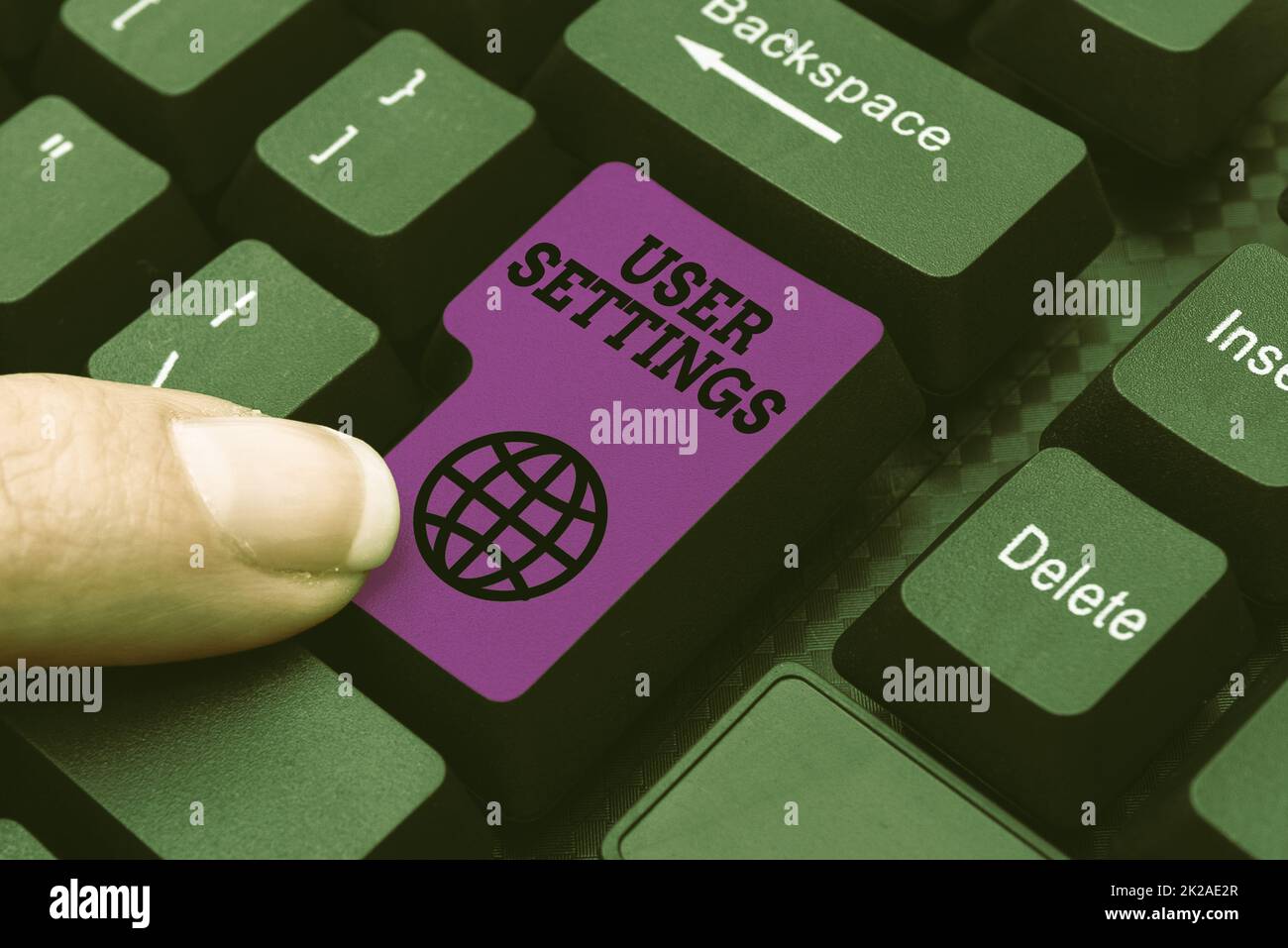
In the fast-paced digital world, efficiency and consistency are paramount. Banner templates offer a powerful solution for designers and marketers looking to maintain a high standard of visual communication without extensive time investment. They provide a foundational structure that eliminates the need to conceptualize layouts, choose fonts, or select color palettes from scratch for every new project.

One of the primary benefits is time-saving. Instead of spending hours on initial setup, you can jump straight into customization, focusing on the unique elements of your campaign, such as messaging and specific imagery. This accelerated workflow is crucial for agile marketing strategies that require rapid deployment of new visual assets. Furthermore, templates often incorporate best practices for various banner types, ensuring your designs are not only visually appealing but also effective in terms of user experience and conversion goals. They serve as a reliable starting point, reducing the likelihood of common design errors and ensuring professional-looking output.

Ensuring Brand Consistency with Templates
Maintaining a consistent brand identity across all marketing channels is vital for recognition and trust. Templates facilitate this by providing a standardized framework where brand elements—logos, specific color codes, typography, and even messaging tone—can be pre-integrated or easily applied. This ensures that every banner you create, regardless of its specific purpose or platform, adheres to your brand's visual guidelines. This consistency builds a stronger brand presence, making your campaigns more cohesive and memorable for your target audience. It’s an efficient way to scale your design efforts while preserving brand integrity.

Understanding Different Banner Types and Their Needs
Banners serve diverse purposes across the digital landscape, each with specific requirements regarding size, format, and content. Understanding these distinctions is crucial for selecting and customizing the appropriate Banner Template For Photoshop.

Social Media Banners
Social media platforms like Facebook, Instagram, LinkedIn, and Twitter rely heavily on visual content. Banners for these platforms include profile headers, cover photos, event banners, and feed advertisements. Each platform has specific recommended dimensions (e.g., Facebook cover photos, Instagram story ads), and it's essential to use templates that match these sizes to prevent awkward cropping or low-resolution display. Social media banners are often designed for quick consumption, prioritizing bold visuals, concise text, and a clear call to action (CTA).

Website Banners
Website banners are typically used for hero images, promotional sliders, sidebar ads, or special offer announcements. They can range from full-width hero sections to smaller, integrated graphics. Website banners need to be optimized for web use, meaning they should have a relatively small file size to ensure fast loading times without compromising visual quality. Responsive design is also a key consideration; templates for websites should ideally adapt well to different screen sizes, from desktops to mobile devices.

Display Ad Banners
Online display advertising networks (like Google Display Network) utilize banners in a wide array of standardized sizes (e.g., 300x250 medium rectangle, 728x90 leaderboard, 160x600 skyscraper). Designing for these often involves creating multiple variations of the same ad in different dimensions. Templates are invaluable here, as they allow for quick adaptation of a core design concept across numerous size specifications, ensuring brand consistency and message clarity across all ad placements. These banners generally require a strong, singular message and a prominent CTA to encourage clicks.

Sourcing High-Quality Banner Template For Photoshop Resources
The quality of your final banner greatly depends on the quality of the template you start with. There are numerous sources for Photoshop banner templates, ranging from free options to premium subscriptions. Knowing where to look and what to prioritize will help you find the best fit for your projects.
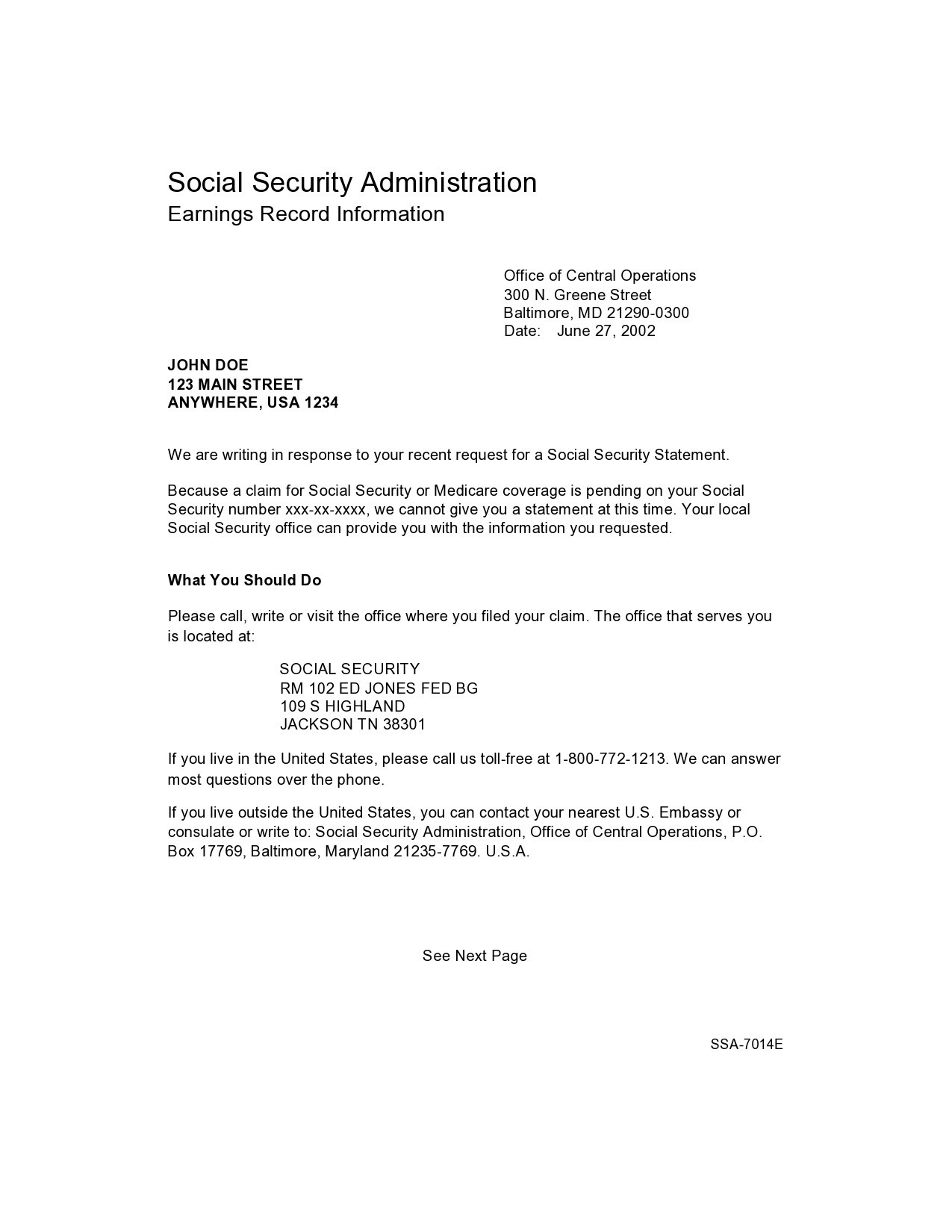
Free vs. Paid Templates
Free templates are widely available on sites like FreePik, Pexels, and various design blogs. They can be a great starting point for personal projects or for those with limited budgets. However, free templates might offer less variety, fewer customization options, and sometimes come with less organized layers or limited licensing for commercial use. Always check the licensing terms carefully.
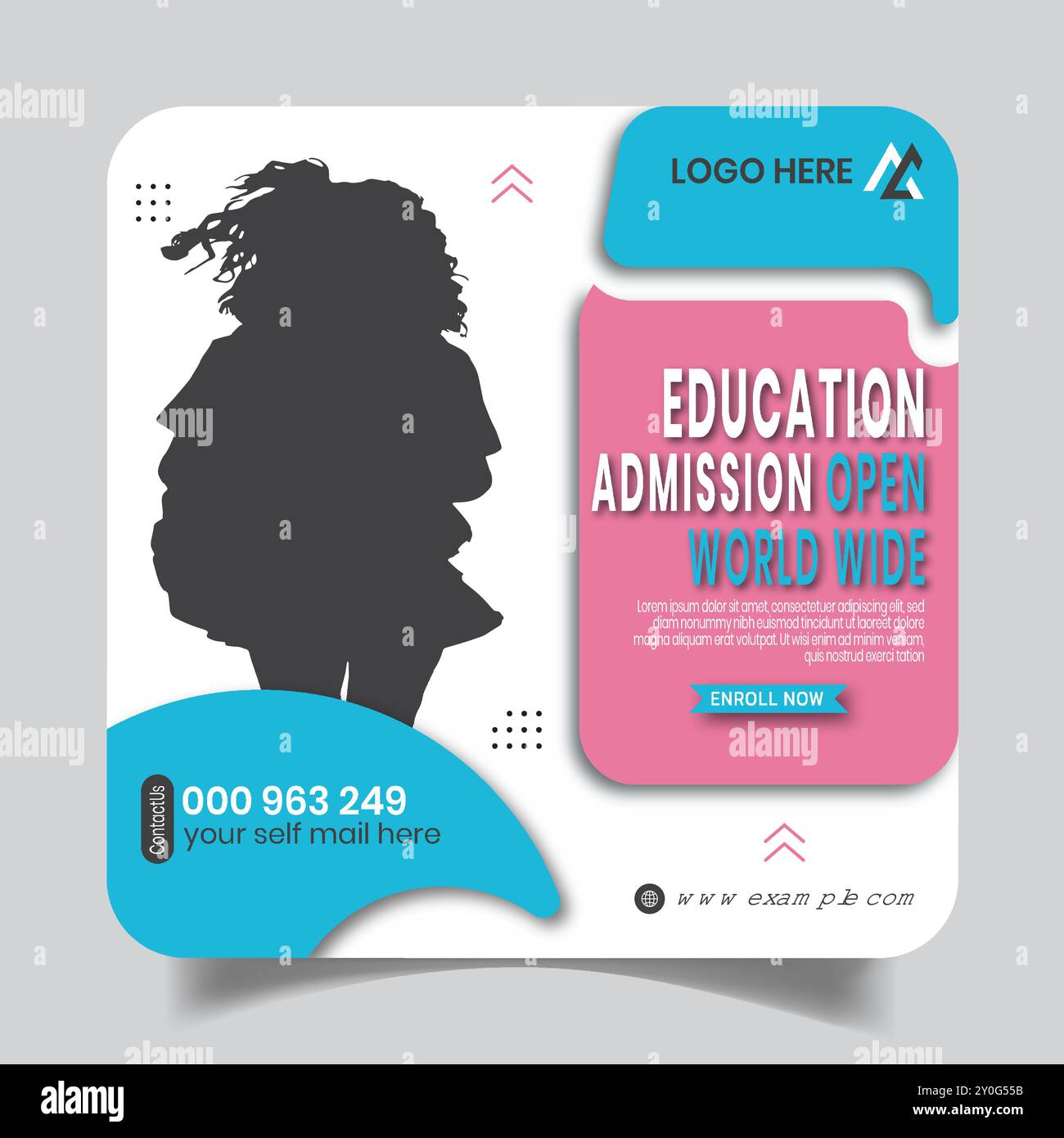
Paid templates and subscriptions (e.g., Adobe Stock, Envato Elements, Creative Market) typically offer higher quality, more sophisticated designs, better organization within the Photoshop file, and comprehensive commercial licenses. They often include multiple size variations, well-structured smart objects, and a wider range of styles. For professional use or frequent banner creation, investing in paid templates often pays off in terms of time saved and superior output.

What to Look For in a Template
When evaluating a Banner Template For Photoshop, consider the following:

- Layer Organization: A well-organized template will have clearly labeled layers and groups, making it easy to navigate and edit specific elements.
- Smart Objects: Templates that extensively use Smart Objects are highly desirable. Smart Objects allow you to non-destructively scale and transform elements, and easily replace images without losing quality or needing to re-apply effects.
- Editable Text Layers: Ensure all text elements are editable type layers, not rasterized images, so you can change fonts, sizes, and colors effortlessly.
- Color Customization: The template should allow for easy adjustment of color schemes to match your brand's palette.
- Included Fonts: Check if the template uses standard fonts or includes links to download free fonts. If premium fonts are used, you might need to purchase them separately.
- Documentation: Good templates often come with a small help file explaining how to customize them.
Customizing Your Banner Template For Photoshop: A Step-by-Step Guide
Once you've selected and downloaded a suitable Banner Template For Photoshop, the real work begins: customization. Photoshop's powerful features make it relatively straightforward to transform a generic template into a unique, branded asset.

Opening and Navigating the Template
- Open the .PSD File: Simply double-click the downloaded Photoshop file (.PSD) to open it in Photoshop.
- Explore the Layers Panel: This is your primary control center. Templates are usually highly organized with layers grouped into folders (e.g., "Text," "Images," "Background," "CTA"). Expand these folders to see individual layers. Toggle the visibility (eye icon) of layers to understand how different elements contribute to the overall design.
Your First Banner Template For Photoshop Customization: Editing Text
- Select the Type Tool (T): Click on the
Ticon in the toolbar. - Click on Text: Click directly on the text you wish to edit in the canvas.
- Type Your New Text: The text layer will become editable. Type in your desired headline, body copy, or call to action.
- Adjust Font Properties: Use the Character Panel (Window > Character) to change the font family, size, color, leading (line spacing), kerning (letter spacing), and tracking (overall character spacing). The Options Bar at the top also offers quick access to common text adjustments.
Replacing Images with Smart Objects
Most professional templates use Smart Objects for image placeholders. This is the most efficient way to swap images:

- Double-Click the Smart Object: In the Layers panel, locate the image layer (often indicated by a small square icon in the layer thumbnail) and double-click its thumbnail. This will open the Smart Object in a new Photoshop document.
- Place Your Image: In this new document, go to File > Place Embedded... (or Place Linked...) and select your desired image. Position and resize it as needed to fit the canvas.
- Save and Close: Once your image is placed, save this Smart Object document (File > Save) and then close it (File > Close). Your main banner document will automatically update with the new image, maintaining all the original template's effects and scaling.
Adjusting Colors and Branding Elements
- Shape Layers & Color Overlays: Many templates use shape layers (vector shapes) for background elements or overlays. Select the shape layer in the Layers panel, then use the Properties Panel (Window > Properties) or double-click the layer thumbnail to change its fill color.
- Adjustment Layers: Look for adjustment layers (e.g., Hue/Saturation, Color Balance, Curves) which can globally affect the colors of the entire banner or specific sections. Double-click their thumbnails to adjust their settings.
- Adding Your Logo: Use File > Place Embedded... to add your logo. Position it appropriately, ensuring it stands out but doesn't overwhelm the design. If your logo has a transparent background (PNG format), it will integrate seamlessly.
Adding or Removing Elements and Effects
You can always add new text boxes, shapes, or images using Photoshop's tools. Similarly, you can hide or delete layers you don't need from the Layers panel. Experiment with blending modes and layer styles (double-click a layer in the Layers panel to open Layer Style options) to fine-tune the visual effects. However, be mindful not to clutter the design or deviate too much from the template's original aesthetic balance.
![]()
Essential Design Principles for Effective Banners
Beyond technical customization, understanding core design principles is paramount to transforming a template into a high-performing banner. A visually appealing banner is only effective if it communicates its message clearly and prompts the desired action.

Clarity and Simplicity
The most effective banners are clear and simple. Avoid cluttering your design with too many elements, images, or blocks of text. Each banner should have one primary message or objective. Use ample negative space (empty areas) to allow the main elements to breathe and stand out. A clean design is easier for viewers to process quickly, which is crucial given the brief attention spans online.

Prominent Call to Action (CTA)
Every marketing banner needs a clear Call to Action (CTA). This is the instruction that tells your audience what to do next (e.g., "Shop Now," "Learn More," "Sign Up," "Download"). The CTA should be the most prominent textual element on your banner, usually encased in a button shape or a distinct color. Use action-oriented verbs and create a sense of urgency where appropriate.
Branding Consistency
As mentioned, consistency with your brand guidelines (logo, colors, fonts) is non-negotiable. Your banners should instantly be recognizable as belonging to your brand. Use your brand's primary and secondary color palettes. If the template uses a font different from your brand's, replace it with your official typeface or a similar, legible alternative that evokes your brand's personality.
Visual Hierarchy
Visual hierarchy guides the viewer's eye through the design in a logical order. Determine the most important element (usually the headline or CTA) and make it the largest or most visually dominant. Supporting information should be less prominent but still legible. Use variations in size, color, contrast, and placement to establish this hierarchy, ensuring the viewer grasps the core message quickly.
Color Psychology and Readability
Choose colors that not only align with your brand but also evoke the desired emotions and ensure readability. High contrast between text and background is crucial for legibility, especially for smaller text or when banners appear quickly. Be mindful of color psychology – for instance, blue often conveys trust, while red can signify urgency or passion. Ensure text is large enough to be easily read, even on smaller screens, and that the font choice is clear and unobstructed.
Optimizing and Exporting Your Photoshop Banners
Once your banner is designed and customized, the final crucial step is to optimize and export it correctly for its intended use. Incorrect export settings can lead to blurry images, slow loading times, or disproportionate displays.
Understanding File Formats
- JPEG (.jpg): Best for photographs and images with complex color gradients. It uses lossy compression, meaning some data is discarded to reduce file size. You can control the quality-to-file-size ratio during export. Ideal for most web banners where photographic elements are present.
- PNG (.png): Ideal for images that require transparency (e.g., logos, icons) and graphics with sharp lines and solid colors. PNG uses lossless compression, preserving image quality perfectly. It generally results in larger file sizes than JPEGs for photos but is preferred for graphics or banners with transparent backgrounds.
- GIF (.gif): Primarily used for simple animations or images with a limited color palette (up to 256 colors). Not ideal for photographic quality but excellent for simple, looping banner animations.
Using "Export As" or "Save for Web (Legacy)"
Photoshop offers two main ways to export optimized images for the web:
File > Export > Export As...: This is the newer, more intuitive export dialog.
- Select your desired format (PNG, JPG, GIF).
- Adjust image size (if needed) and scale.
- Control quality for JPGs.
- Preview the file size.
- Option for transparency (for PNG).
- It also allows you to export multiple assets simultaneously.
File > Export > Save for Web (Legacy)...: A powerful, older tool still favored by many for its detailed control.
- Offers a 2-Up or 4-Up preview to compare different optimization settings.
- Fine-tune quality, progressive options, metadata, and more.
- Excellent for achieving the perfect balance between quality and file size.
For banners, aim for the smallest possible file size that retains acceptable visual quality. Large banner files can slow down website loading times, negatively impacting user experience and SEO.
Naming Conventions and Final Checks
Before saving, use a clear and descriptive naming convention (e.g., brand-product-banner-300x250.jpg). This helps with organization and asset management.
Finally, perform a visual check:
- Zoom in and out: Ensure all elements are sharp and clear at various magnifications.
- Check on different screens: If possible, view the banner on different monitors or devices to catch any unexpected color shifts or scaling issues.
- Review text: Proofread all copy one last time.
Common Pitfalls and Pro Tips for Using a Banner Template For Photoshop
While templates are powerful tools, their misuse can lead to generic or ineffective designs. Avoiding common pitfalls and employing pro tips will help you maximize the potential of your Banner Template For Photoshop.
Avoiding Generic Looks
One of the biggest challenges with templates is preventing your final banner from looking like every other template-based design. To infuse uniqueness:
- Inject Brand Personality: Go beyond just replacing the logo. Use your brand's specific photography style, unique graphic elements, or a subtle texture overlay that reflects your identity.
- Creative Typography: While the template's font is a starting point, consider if your brand's unique typeface could elevate the design. Even a subtle change in font weight or letter spacing can make a difference.
- Smart Object Creativity: Instead of just dropping an image, try combining multiple images within a smart object, or apply subtle Photoshop filters to your image before placing it in the smart object.
Not Reading Template Instructions
Many premium templates come with detailed instructions or a 'Read Me' file. These often contain vital information about included fonts, specific customization tips, or licensing details. Ignoring these can lead to frustration or improper use. Always take a few minutes to review any accompanying documentation.
Over-Customization Leading to Clutter
While customization is key, overdoing it can ruin a well-designed template. Adding too many new elements, excessive text, or clashing colors can quickly turn a clean design into a cluttered mess. Stick to the template's inherent balance and visual hierarchy unless you have a strong design rationale for significant changes. Simplicity often triumphs over complexity.
Testing Across Devices/Platforms
Always test your banners on the actual platforms where they will be displayed (e.g., different social media feeds, various website pages, or even simulated ad network environments). Check how they appear on both desktop and mobile devices. What looks good on a large monitor might be unreadable on a smartphone. Pay attention to how text wraps and images scale.
Keeping Original Template Files
Always keep a clean, untouched copy of the original Banner Template For Photoshop file. This allows you to revert to the original if you make irreversible mistakes during customization, or if you need to create entirely new variations in the future without re-downloading. It's good practice to save your customized version under a new file name.
Leveraging Photoshop's Non-Destructive Editing
Photoshop is built for non-destructive editing. Make use of:
- Adjustment Layers: Apply color corrections or effects using adjustment layers (e.g., Curves, Levels, Hue/Saturation) rather than directly to image layers. This way, you can always modify or remove them later without damaging the original pixels.
- Layer Masks: Instead of erasing parts of a layer, use layer masks to hide portions. This allows you to reveal or hide areas non-destructively, offering much more flexibility for adjustments.
- Smart Filters: When applying filters to Smart Objects, they become Smart Filters, which are also non-destructive and can be easily edited or toggled off.
These practices give you maximum flexibility and control, making the customization process smoother and less prone to unfixable errors.
Conclusion
Mastering the art of creating effective banners doesn't necessarily mean starting from a blank canvas every time. By strategically utilizing a Banner Template For Photoshop, you can dramatically accelerate your design workflow, ensure consistent branding, and produce high-quality visual assets that resonate with your audience. From understanding the nuances of different banner types to meticulously customizing layers and optimizing for web, each step plays a crucial role in transforming a basic template into a powerful marketing tool.
Remember that while templates provide a robust foundation, the ultimate success of your banner lies in your ability to infuse it with your unique brand voice, a clear call to action, and adherence to fundamental design principles. By avoiding common pitfalls and applying the pro tips discussed, you'll be well-equipped to leverage Photoshop templates to create compelling, conversion-focused banners quickly and efficiently. Embrace the power of templates, and elevate your digital marketing efforts with stunning visual content.
0 Response to "Master Banner Template For Photoshop Quickly"
Posting Komentar